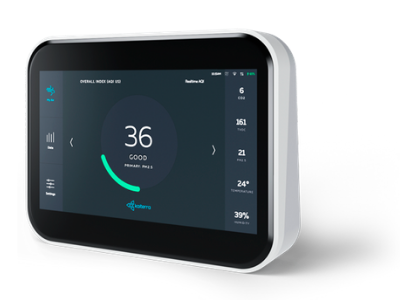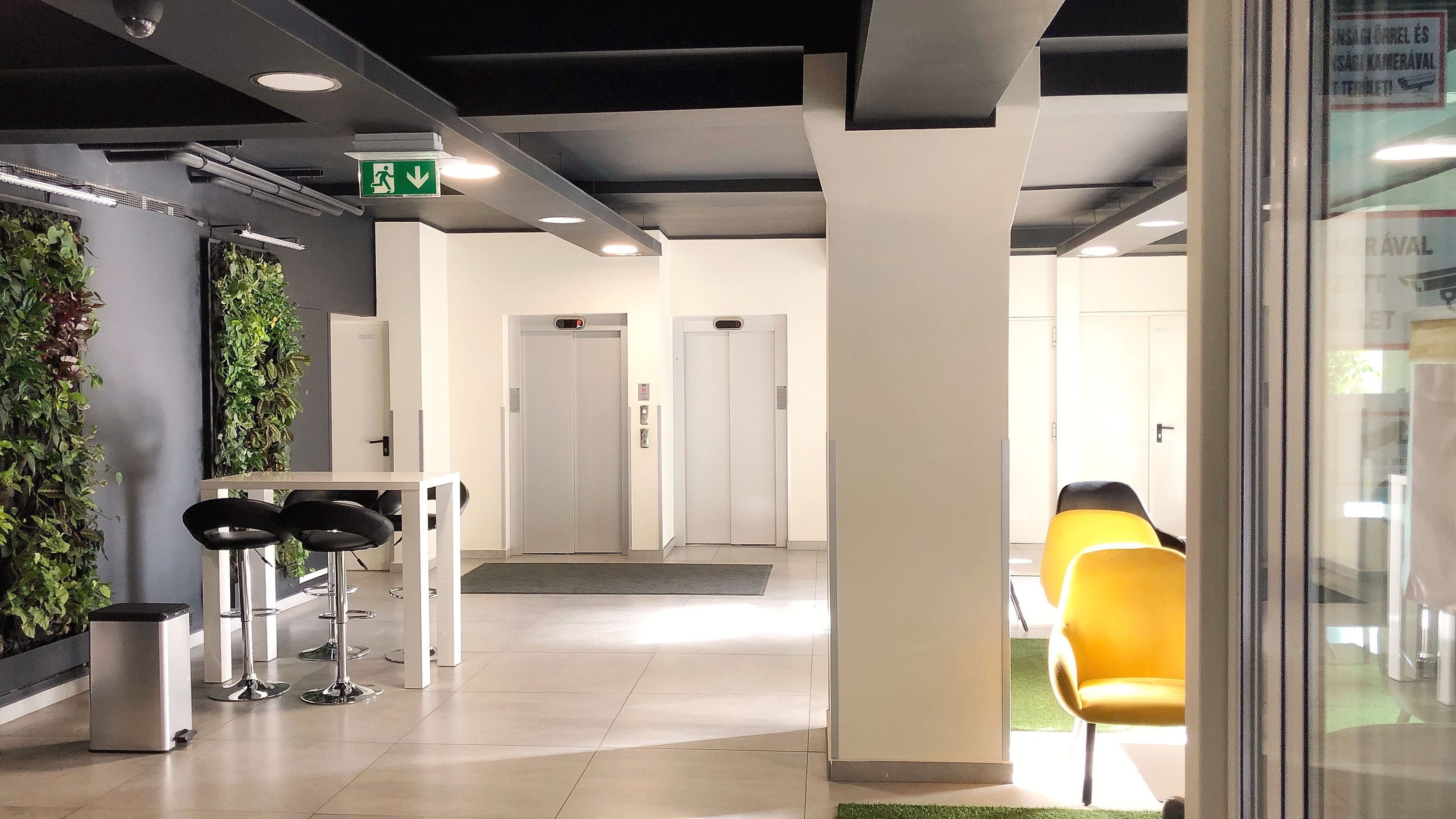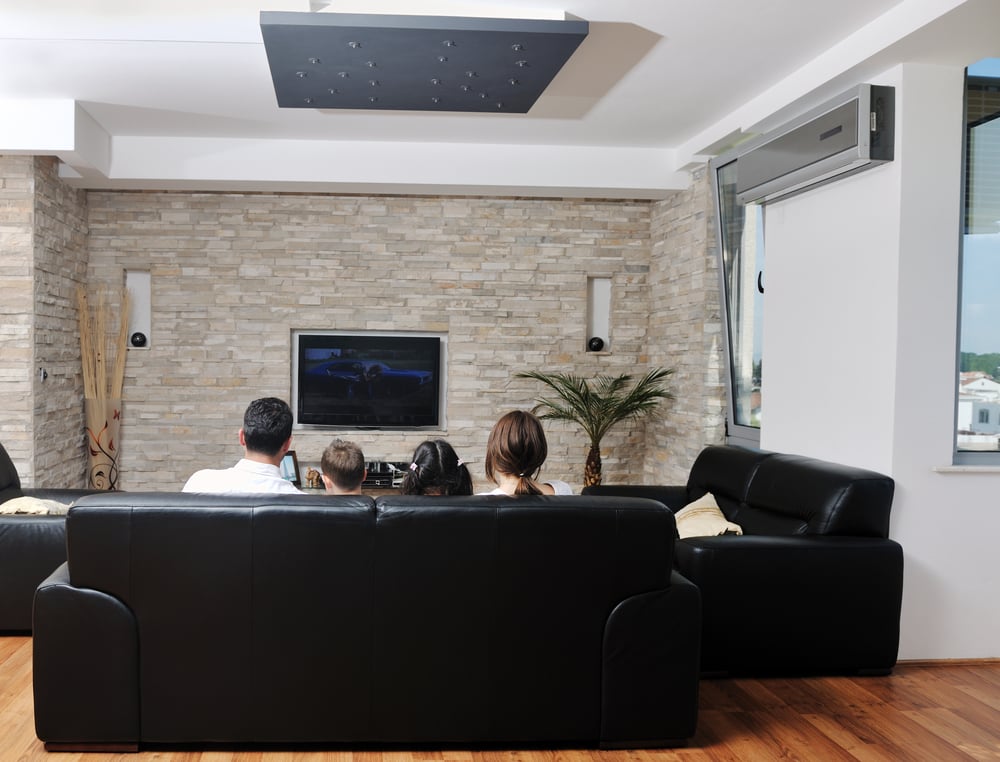Newsletter
Air purifiers are an effective way to clean up your indoor air. While ventilation systems will always be your first line of defense in the battle against poor air quality, there are situations where you’ll need some extra firepower: for example, in older buildings where the ventilation isn’t as efficient, or in busy conference rooms that are in use throughout the day. In these situations, portable air suppliers will ensure that the air your employees breathe is free of unwanted pollutants so you can breathe easier.
If you're evaluating ways to improve air quality in your building, don't miss our  Watch the recorded course now to learn about critical parameters to monitor, device features and specs, and maintenance tips.
Watch the recorded course now to learn about critical parameters to monitor, device features and specs, and maintenance tips.
The problem is, it can be difficult to tell whether your air purifier is working as expected - after all, you can’t simply intuit the quality of your air, and pollutants aren’t visible to the naked eye. So, how do you really know if your air purifier is working?
In this post, we’re going to provide a few methods to test your air purifiers. While there are several types of air purifiers, we will only be discussing how to check air purifiers with HEPA technology (air purifiers with a HEAP filter inside).
In case you missed it, be sure to check out our air purifier FAQs first!
Test Your Air Purifier’s Airflow
A simple way to test that your purifier is working is by checking the airflow out of your purifier.
Air purifiers have a fan that draws in air from inside the room. As the purifier filters out harmful pollutants from your air, the purifier will blow out clean air. If the purifier is on but isn’t blowing out any air, the purifier is most likely not working properly.
You can also use the fan inside the air purifier to tell you about the status of your purifier. The fan, ideally, shouldn’t be working hard to pull in and blow out air. If the fan is very loud, the filter might need replacing, or there might be another underlying problem with your air purifier. Likewise, if your air purifier isn’t making any sound at all, it’s probably not pulling in enough air to improve your air quality.
Quick Tip: Be sure to place your purifier in a well-circulated area, and make sure nothing is covering it up.
Checking the Filters in Your Air Purifier
One of the most common reasons your air purifier may not be working is a bad filter. As your purifier cleans up your air, it forces air through a filter that traps particles like pollen, mold, and other particulates. Eventually, the filter will get clogged up and will need to be replaced.
Some purifiers have a filter service indicator that will tell you when your filter needs replacing, but you should also check manually. Most of these indicators are just timers, letting you know when the recommended time frame to replace your filter has passed. However, in areas with higher occupancy rates or when air pollution is worse, your filters won’t last as long and you will have to replace them more often. Many purifiers also have more than one filter, so you should inspect all of the filters in your purifier regularly.
When you inspect your filter, you should look for any discoloration or black spots. Overall, if the filter looks dirty, it needs replacing. Your purifier can even become a source of pollution itself, blowing bacteria, molds, and particulates back into your office, so a dirty filter needs to be removed ASAP.
A clean-looking filter doesn’t mean you’re off the hook, though. Many pollutants are too small to see, and any damage to the filter may be microscopic. This brings us to our third testing method - using an air quality monitor.
Using an Air Quality Monitor to Test Your Purifiers
The best way to validate the performance of an air purifier, no matter what type, is to use an air quality monitor. These devices give you continuous visibility into the key air quality metrics in your building. By placing them alongside rooms where you are using air purifiers, you can easily monitor changes in air quality. A worsening in parameters such as TVOC or CO2 could indicate an issue with your air purifier, warranting further investigation.

The test itself is simple: first, get a baseline air quality reading with the purifier off, then turn your purifier on. With all windows and doors closed, any improvement in air quality can be attributed to your purifier. Then, you can either place the air quality monitor near the vent of the purifier, or in the spot where you usually hang out in the room.
Your purifier, depending on the size and shape of the room, should bring the air quality back down to healthy levels between 30 minutes to a few hours. If your purifier is on for a substantial amount of time with little to no change in air quality, then you’ll know that the purifier isn’t working.
This information isn’t just helpful for testing your purifiers, either - it can also tell you how best to utilize them. Air quality can fluctuate significantly due to outdoor pollution, occupancy levels, and problems with HVAC systems. Many of our enterprise customers have adapted the way they use air purifiers - e.g., for different durations, or during different hours of the day - in order to best address changes in air quality. .
Now, you may be thinking: our purifier already has an air quality monitor, why would we need another one? Simply put, the monitor built into your purifier is unreliable, and you shouldn’t trust these readings wholeheartedly.
Built-in monitors are often equipped with cheap sensors that provide inaccurate readings. In addition, the air around your purifier is the cleanest in the room, so these readings will not reflect the true air quality of the room. For more information on how the air quality monitor built into your purifier may not be up to scratch, check out this article.
To learn more about using commercial air quality monitors, don’t miss our FREE crash course: The Insider’s Guide to Choosing the Right Commercial Air Quality Monitor






.png?width=200&height=148&name=Menu%20C%20(2).png)

.png?width=307&height=228&name=Menu%20-%20D%20(1).png)
.png)





